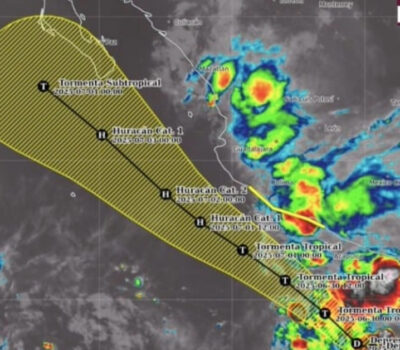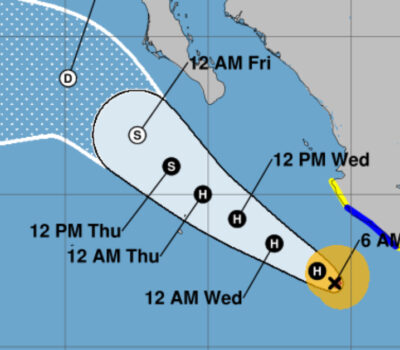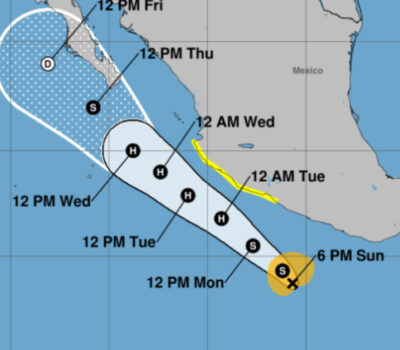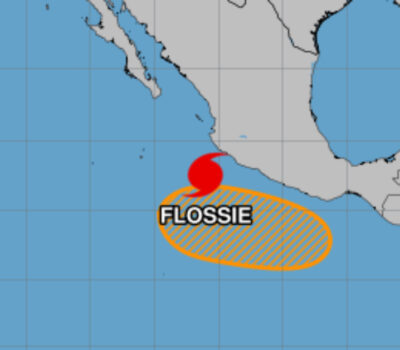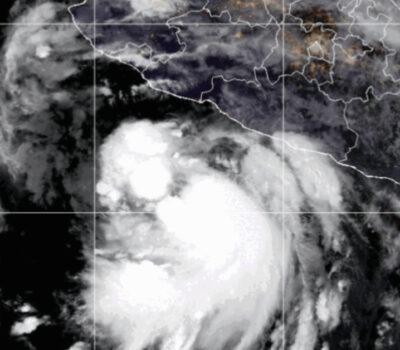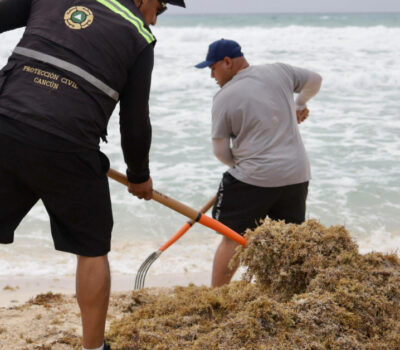The world is practically confined. The premise for keeping billions of people at home is that this stops the spread of a virus whose mortality is between 1% and 3%, according to studies by the World Health Organization. In the United States, for example, the decision to close everything was based on models that indicated that without confinement, 2 million Americans would die.
Some experts questioned this assumption. They argue that known cases are probably only a small portion of the actual number of infections, and therefore the high case fatality rates may not be such. “We don’t know how much of the infections have gone unnoticed due to lack of testing, testing restrictions, and a potentially large incidence of minor illnesses or asymptomatic infections,” explains The Wall Street Journal.
Now, new research dramatically changes the premises that underpin confinements. A Stanford team studied seroprevalence (the general manifestation of a disease within a defined population) in Santa Clara County, California, on April 3 and 4. The county is home to some two million people in the heart of Silicon Valley, including San José, the third-largest city in the state and has the highest known number of cases in Northern California.
The researchers found that the rate of infections was indeed well above the 1,000 known positive cases in the county at the time of the study. Preliminary results estimate that between 2.5% and 4.2% of county residents have antibodies to the virus. That translates to 48,000 to 81,000 infections, 50 to 85 times more than the number of known cases.
The findings suggest that the vast majority of people who get COVID-19 recover without knowing that they are infected, and that the death rate from infection in the United States may be much less than what the authorities had assumed.
Based on the seroprevalence data, the authors estimate that in Santa Clara County the true death rate from infection is somewhere between 0.12% and 0.2%, much closer to seasonal flu than the original case-based estimates.
The Wall Street Journal details that also outside of California, preliminary data is emerging to support a more hopeful picture.
In New York City, a study published in the New England Journal of Medicine examined 215 women who entered two hospitals to give birth between March 22 and April 4. These patients had a COVID-19 infection rate greater than 15%. Of the pregnant women who tested positive for active infections, 88% were asymptomatic at admission. The infection rate is 10 times higher than that of known cases across the city as of April 17. The difference is noticeable, even though New Yorkers have been tested much more than in other parts of the country.
This study only examined active infections, not past infections like in Santa Clara County. So in that population of pregnant women, 15% of infected is a lower limit. Many others may have had a past infection only detectable in serological tests for antibodies to the virus.
Similar proportions of infections to cases are now being discovered worldwide: 30 times in Robbio, Italy; 10 times in Iceland; 14 times in Gangelt, Germany; 27 times in Denmark.
“However, if policymakers had known from the outset that the number of COVID-19 deaths would be closer to that of seasonal flu than the millions of American deaths predicted by early input-dependent models that now they seem inaccurate, would they have jeopardized tens of millions of jobs and livelihoods?” asked Andrew Bogan, the WSJ columnist.
While both the flu and COVID-19 may be transmitted in similar ways, there is also a possible difference: COVID-19 might be spread through the airborne route, meaning that tiny droplets remaining in the air could cause disease in others even after the ill person is no longer near.
COVID-19 Infections vs. Seasonal Flu
COVID-19: Approximately 2,261,631 cases worldwide
Flu: Estimated 1 billion cases worldwide
COVID-19 Deaths vs. Seasonal Flu
COVID-19: Approximately 154,789 deaths reported worldwide
Flu: 291,000 to 646,000 deaths worldwide
The COVID-19 situation is changing rapidly. Since this disease is caused by a new virus, people do not have immunity to it, and a vaccine may be many months away. Doctors and scientists are working on estimating the mortality rate of COVID-19, but at present, it is thought to be higher than that of most strains of the flu, according to Johns Hopkins.
The world is practically confined. The premise for keeping billions of people at home is that this stops the spread of a virus whose . . .


